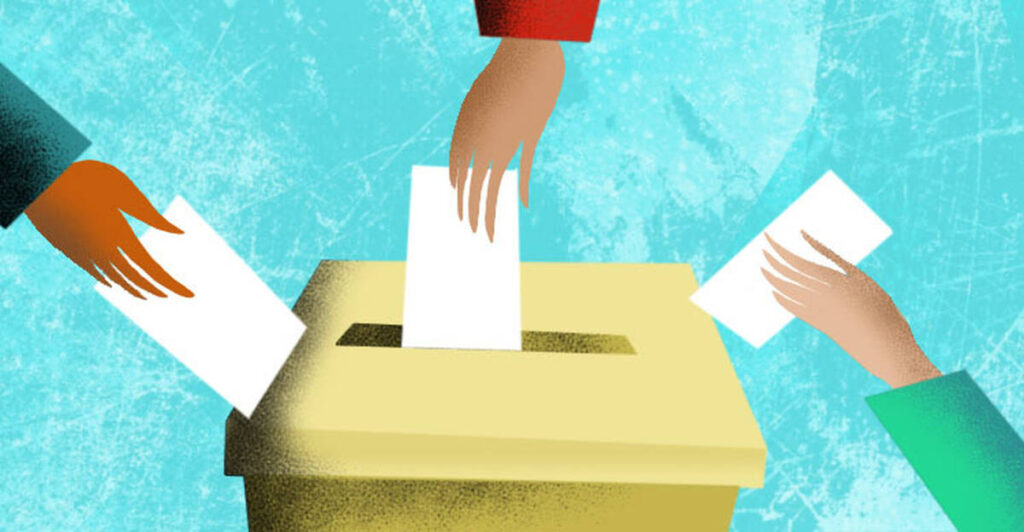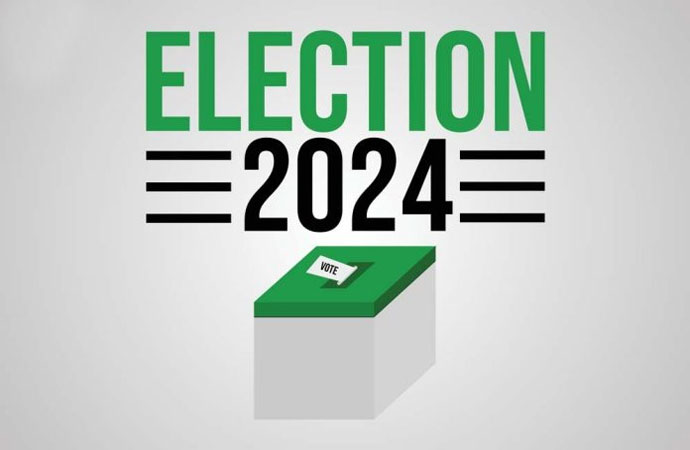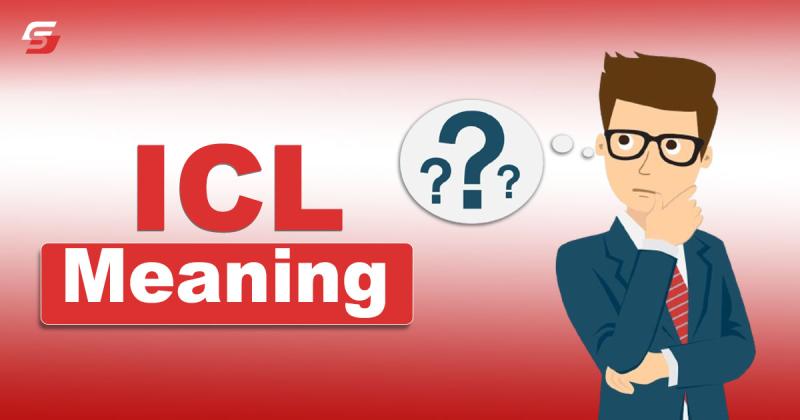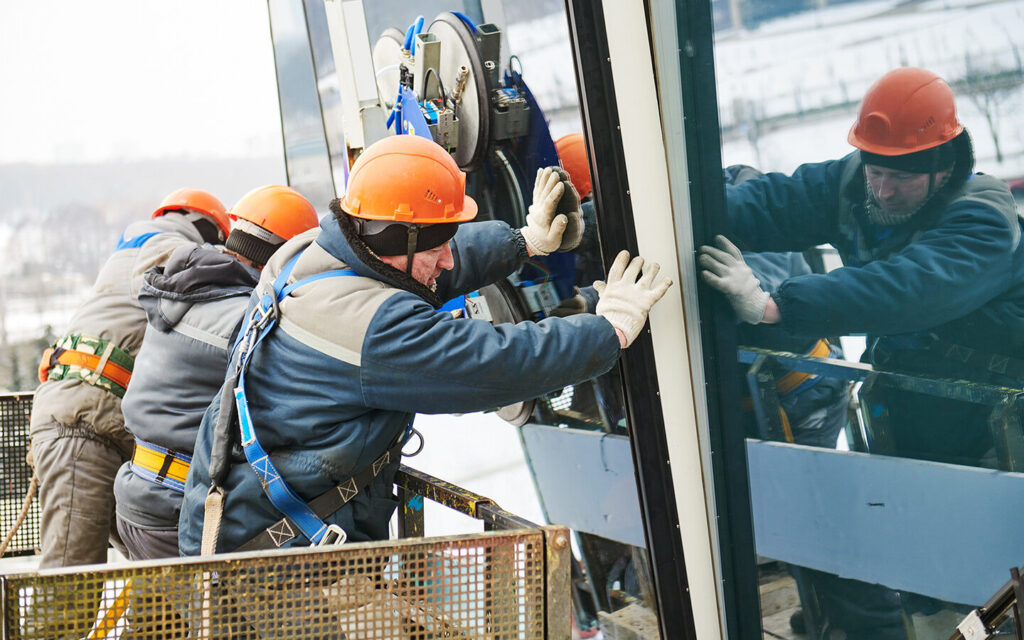Introduction to Elections
Elections are fundamental to the functioning of modern democratic societies. They serve as the primary mechanism by which citizens express their will, hold leaders accountable, and shape the policies that govern their lives. The keyword elections encompasses not only the process of casting votes but also the broader principles of participation, representation, legitimacy, and governance.
This article provides an in-depth look into elections, their history, types, significance, global practices, challenges, and the evolution of electoral systems. Through this detailed exploration, readers will gain a comprehensive understanding of how elections influence politics, societies, and institutions across the world.
Historical Evolution of Elections
The concept of elections is ancient, with roots tracing back to early civilizations:
- Ancient Greece: In the Athenian democracy (5th century BCE), some officials were elected while others were chosen by lot to prevent corruption and promote equality.
- Roman Republic: Citizens elected magistrates and consuls, setting an early example of representative governance.
- Medieval Europe: Although monarchies dominated, some institutions like city councils and guilds held local elections.
- Modern Era: The Enlightenment and revolutions in America and France laid the groundwork for liberal democratic elections based on universal suffrage, civil rights, and the rule of law.
The evolution of elections continued into the 20th and 21st centuries, with most countries gradually embracing electoral processes, even if some are still flawed or symbolic in nature.
Types of Elections
Understanding elections requires examining the different types practiced around the world:
1. General Elections
Held periodically to choose representatives for legislative or executive offices (e.g., presidential or parliamentary elections).
2. Local Elections
These involve electing mayors, governors, councilors, and other regional officials responsible for municipal governance.
3. By-Elections
Conducted when a political office becomes vacant between general election cycles due to resignation, death, or disqualification.
4. Referendums and Plebiscites
These are direct votes by the electorate on specific policy issues or constitutional changes, bypassing elected representatives.
5. Primary Elections
In countries like the United States, parties hold primaries to select their candidates for the general election.
Each type of election plays a specific role in governance and reflects the political culture of the nation.
Significance of Elections in a Democracy
The keyword elections is central to democratic governance. Here’s why:
1. Representation
Elections ensure that government reflects the will of the people. Elected officials are expected to advocate for their constituents.
2. Accountability
By voting out underperforming leaders, citizens can demand better governance and transparency.
3. Legitimacy
A government chosen through free and fair elections earns greater legitimacy, both domestically and internationally.
4. Public Participation
Elections encourage civic engagement and create a sense of political empowerment among citizens.
5. Peaceful Transitions
Elections provide a structured mechanism for transferring power without violence, fostering political stability.
Global Practices: Elections Around the World
United States
The U.S. practices presidential and congressional elections every 2 and 4 years. The Electoral College system and primaries make it unique.
India
The world’s largest democracy conducts elections in multiple phases across hundreds of constituencies. The Election Commission of India oversees the process.
United Kingdom
A parliamentary system where general elections determine the composition of the House of Commons. The monarch remains a ceremonial figure.
Germany
A mixed-member proportional representation system blends constituency-based and party-list elections.
Nigeria
Faced with challenges like voter suppression and electoral violence, Nigeria is striving to improve its democratic institutions.
Sweden and the Nordics
Widely regarded for their high transparency and participation rates, these countries often use proportional representation and digital voting tools.
The conduct of elections varies, but the goal remains the same: to reflect the will of the people.
Electoral Systems

The elections process can be executed through various systems:
1. First Past the Post (FPTP)
The candidate with the most votes wins. Used in the U.S., U.K., and India.
2. Proportional Representation
Seats are allocated based on the percentage of votes each party receives. Common in Europe.
3. Mixed Systems
Combining elements of FPTP and proportional representation. Examples include Germany and New Zealand.
4. Ranked Choice Voting (RCV)
Voters rank candidates by preference. This system eliminates the need for runoff elections.
Each system influences the political landscape, party dynamics, and voter behavior.
Challenges to Free and Fair Elections
Despite the importance of elections, many challenges persist:
1. Voter Suppression
Tactics such as strict ID laws, reduced polling stations, and gerrymandering disenfranchise voters.
2. Electoral Fraud
Ballot stuffing, bribery, and fake voter rolls undermine election credibility.
3. Media Manipulation
Disinformation and propaganda distort public opinion and fuel polarization.
4. Violence and Intimidation
In conflict-prone regions, fear prevents people from voting freely.
5. Low Voter Turnout
Apathy, disillusionment, or logistical hurdles reduce participation.
6. Technology Vulnerabilities
Digital systems are susceptible to hacking, cyber interference, and technical glitches.
Addressing these issues is essential for the integrity of elections.
Role of Technology in Elections
Technology has transformed how elections are conducted:
- Electronic Voting Machines (EVMs): Used in countries like India for faster, accurate vote counting.
- Online Voter Registration: Improves accessibility and reduces paperwork.
- Blockchain Voting: Still experimental but promises enhanced transparency and security.
- Social Media Campaigns: A double-edged sword – helps outreach but also spreads misinformation.
Digital innovations, if regulated properly, can enhance the democratic process.
Electoral Reforms: Making Elections Better
To safeguard democracy, continuous reform in the elections process is crucial:
- Independent Electoral Commissions: Strengthen oversight and impartiality.
- Campaign Finance Regulations: Prevent undue influence by moneyed interests.
- Civic Education: Encourage informed voting and reduce manipulation.
- Inclusivity: Ensure equal access for women, minorities, and marginalized communities.
- Voting Access: Improve infrastructure, postal voting, and early voting options.
Global cooperation and sharing of best practices can enhance the effectiveness of electoral reforms.
Conclusion
Elections are not just a periodic exercise; they are the beating heart of democratic societies. The keyword elections signifies more than just ballots and polling booths—it encapsulates values like freedom, equality, accountability, and participation. As societies evolve, so must their electoral systems, ensuring they remain transparent, inclusive, and reflective of the people’s will.
Maintaining the sanctity of elections is everyone’s responsibility—from citizens and lawmakers to journalists and educators. Only then can democracy flourish and serve its true purpose: governance by the people, for the people.
FAQs
Q1. What are the core principles of elections?
A: Free and fair elections are based on universal suffrage, secrecy of the ballot, impartial administration, transparency, and regular occurrence.
Q2. Why are elections important in a democracy?
A: They allow citizens to choose their leaders, influence policies, and hold those in power accountable.
Q3. How often are elections held?
A: It varies by country. Most democracies hold national elections every 4–5 years, with local and regional elections occurring more frequently.
Q4. What makes an election “free and fair”?
A: An election is free when all eligible citizens can vote without coercion and fair when all candidates compete on equal footing under transparent rules.
Q5. What is voter fraud and how is it prevented?
A: Voter fraud includes illegal voting practices. It is prevented through voter ID laws, updated rolls, digital verification, and strict legal penalties.
Q6. What are some examples of electoral reforms?
A: Reforms include campaign finance limits, proportional representation systems, anti-gerrymandering measures, and independent election commissions.
Q7. Can technology improve elections?
A: Yes, technology can streamline registration, voting, and counting. However, it must be secure and inclusive to avoid new forms of manipulation.
Q8. What is the role of international observers in elections?
A: They monitor electoral processes to ensure transparency, fairness, and adherence to democratic standards.
Q9. Why do some people not vote?
A: Common reasons include apathy, distrust in the system, lack of information, or logistical challenges.
Q10. How can young people be encouraged to vote?
A: Through civic education, digital engagement, inclusive policies, and lowering voting age in some cases.
Also read: Stansted Airport


